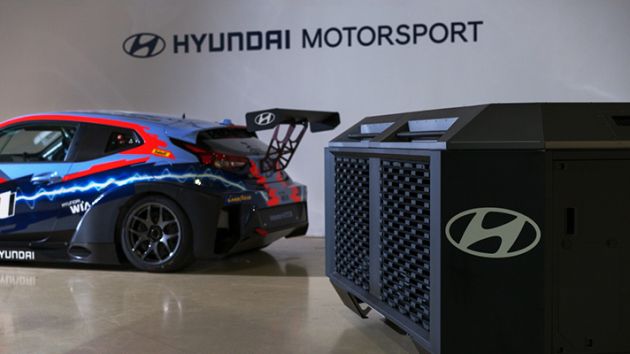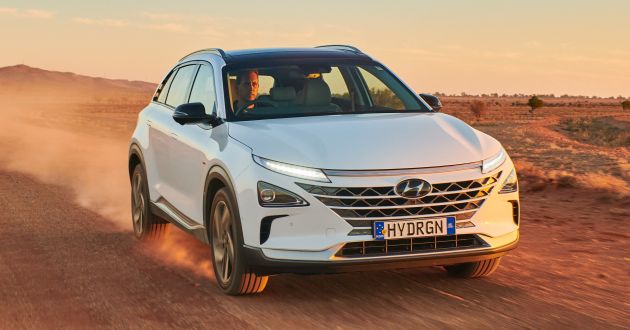Hyundai and Kia have signed a memorandum of understanding with Next Hydrogen, a Canadian company specialising in water electrolysis technology, bolstering the carmaker’s efforts to usher in a global hydrogen society through cost-effective production of clean hydrogen.
Under the agreement, the companies will jointly develop an alkaline water electrolysis system and its related stack for the purpose of generating green hydrogen economically and exploring new business opportunities and technological applications.
At present, producing clean hydrogen is expensive and time consuming. The three parties are looking to improve the price competitiveness of clean hydrogen, taking into account regional climate and environmental characteristics; they will also examine the strengths and weaknesses of various water electrolysis technologies.
Among the various methods of water electrolysis, the alkaline water electrolysis system is regarded as technologically one of the most rigorously tested and proven means, with a long track record of R&D. Also, it has the advantage of being able to produce large-scale hydrogen, using relatively inexpensive catalysts, making facility costs low.
The aim is to advance stack-related technologies that are at the core of the alkaline water electrolysis system to reduce the cost of building the system and maintaining/operating the system. The key benefit here is that by enhancing the performance of stack-related tech in the process, it will be possible to develop a new stack that can be operated at high current density, and produce green hydrogen economically.
The newly developed stack will use Hyundai and Kia’s component technology related to electrodes, bipolar plates and current collectors, combined with Next Hydrogen’s design technology. The Korean carmakers will also oversee the test performance of the new stack. A pilot test is planned for 2022, and the companies will also explore potential technological applications and commercial arrangements.
Among the varieties of hydrogen produced by different methods, the conveniently called “green” hydrogen is one of the cleanest varieties, generating zero carbon emissions, as it is produced using water electrolysis powered by renewable energies such as offshore wind. Hailed as the “fuel of the future” for its eco-friendliness, green hydrogen has the potential to revolutionise industrial and transport sectors.
The opposite of green is the so-called “grey” hydrogen, made with fossil fuels and emitting CO2 into the air as it combust. “Blue” hydrogen is produced the same way, but its carbon-capture technologies prevent CO2 from being released into the air, storing CO2 deep underground. Green is best, but due to high production costs, many hydrogen companies around the world are still researching ways to advance their water electrolysis tech for more economical production.
Hyundai Motor Group recently introduced HTWO, a new brand representing the group’s hydrogen fuel cell system. The group is stepping up its efforts to develop a next-generation hydrogen fuel cell system that can be applied to various forms of mobility such as urban air mobility a.k.a. flying cars, regular cars, vessels and trains. The Hyundai Nexo SUV is the brand’s production hydrogen FCEV.
The post Hyundai and Kia working with Next Hydrogen to develop advanced alkaline water electrolysis system appeared first on Paul Tan's Automotive News.




0 Comments